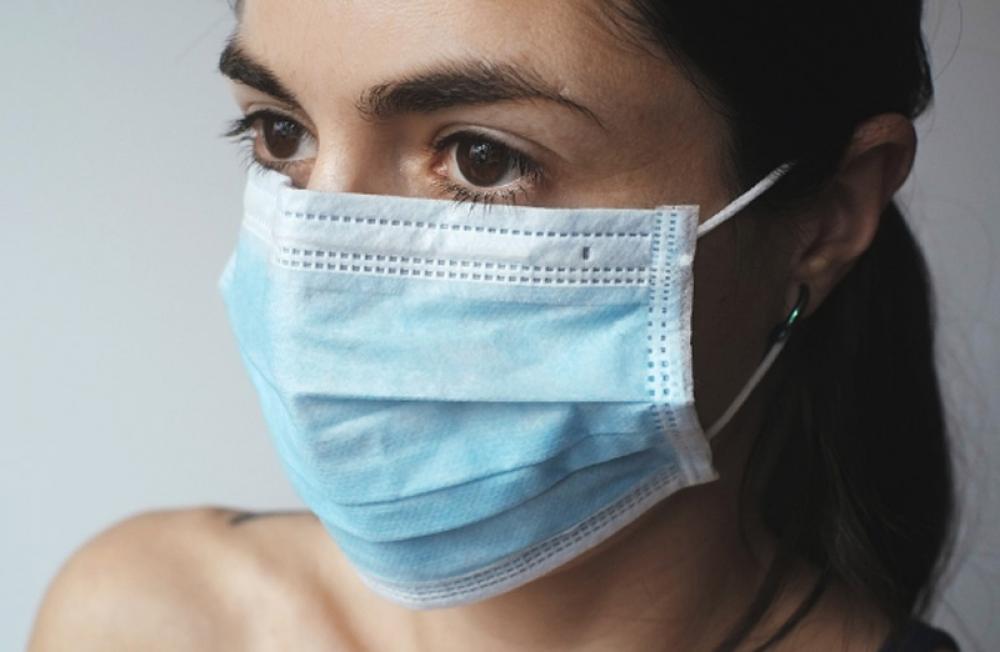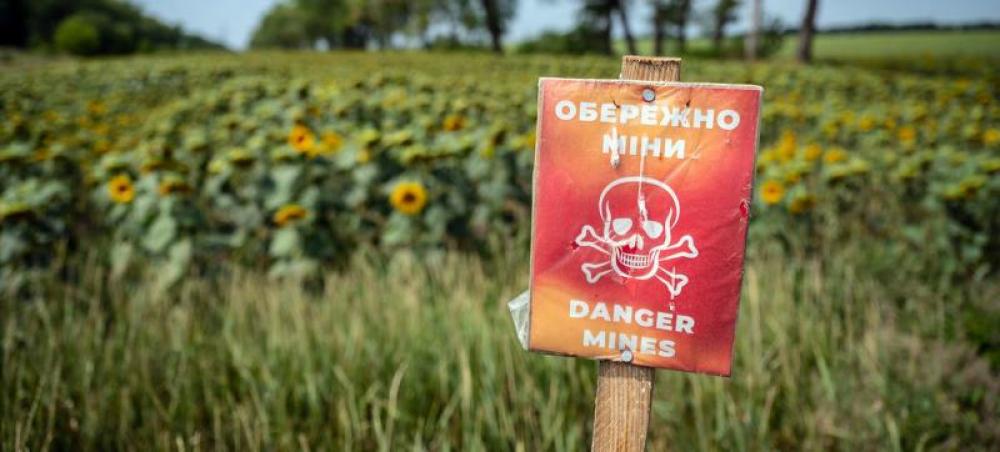Just Earth News | @justearthnews | 04 Apr 2023, 06:52 am Print

Image: Pixabay
The Pfizer/BioNTech mRNA vaccine directed at COVID-19 is much better than natural infection at revving up key immune cells called killer T cells to fight future infection by SARS-CoV-2, the virus that causes COVID-19, Stanford Medicine investigators have found.
The scientists also showed, in a study published online in Immunity, that getting infected by SARS-CoV-2 before getting vaccinated lowers the vaccine’s otherwise exceptional ability to spur proliferation and activation of killer T cells directed at SARS-CoV-2. Their finding suggests that those hoping to avoid the manifold health risks associated with COVID-19 would do well to get vaccinated before they contract the disease.
The good news is that vaccination after having had COVID-19 does somewhat boost the numbers and battle-readiness of this SARS-CoV-2-infection-impaired killer T cell population — just not nearly as much as if vaccination had preceded infection.
Although the study didn’t directly demonstrate it, killer T cells’ lost punch after a bout of COVID-19 could spell a weakened immune response to a new SARS-CoV-2 assault later, boosting the odds that the virus will persist in overlooked infected cells and possibly contributing to the development of long COVID, suggested Mark Davis, PhD, professor of microbiology and immunology and a Howard Hughes Medical Institute investigator.
Davis, who is also the Burt and Marion Avery Family Professor, is the study’s senior author. Sharing lead authorship are postdoctoral scholars Vamsee Mallajosyula, PhD, and Fei Gao, PhD.
In contrast with antibodies, which are immune-generated proteins that can prevent a virus from getting inside our cells and kicking off infections, killer T cells roam through our bodies’ tissues, inspect cells’ surfaces for telltale traces of infectious pathogens and kill infected cells.
A given killer T cell responds to only one of those telltale traces, or at most to a handful of them. In principle, it will attack only one type of pathogen.
While the body’s gigantic repertoire of killer T cells typically contains numerous cells recognizing various features of that pathogen, the vast majority of cells in that massive repertoire remain at ease. For that reason, an infection by one particular virus won’t generate an exhaustive — and exhausting — immune response to every microbial invader under the sun.
If, for any reason, killer T cells aren’t abundant enough or don’t get sufficiently activated, a virus that has ducked the body’s antibody defense and established a beachhead inside a cell gets extra time to commandeer that cell’s productive machinery, forcing it to produce copious copies of the virus and send its progeny off to invade other cells.
Investigating the vaccine
Soon after the Pfizer-BioNTech-designed COVID-19 vaccine became available, Davis, who directs Stanford’s Institute for Immunity, Transplantation and Infection, and his colleagues set out to determine how it worked. (No equivalent analysis was performed on the Moderna vaccine.)
Mark Davis
Most investigations of vaccine efficacy have focused on these products’ ability to generate antibodies, whose infection-blocking effectiveness can be measured in laboratory glassware with relative ease. T cells have proved tougher to study. But Davis, who over several decades has pioneered the exploration of killer T cells and their cousins, helper T cells, has advanced their analysis by designing and championing ever-better methods for monitoring their more complex and more subtle interactions with their targets.
Helper T cells, more managerial in nature than killer T cells, are instrumental in inducing antibody production by another immune-cell type called B cells.
Davis noted that the way T cells recognize antigens differs from the way antibodies recognize antigens, rendering T cells less likely to be fooled and defeated by tiny mutations in viral sequence (strain variants) than antibodies.
For the new study, Davis and his colleagues were armed with state-of-the-art technology, pioneered by Mallajosyula in Davis’ lab, that permitted them to precisely measure changes in levels of killer T cells directed specifically at cells infected by SARS-CoV-2. The researchers analyzed blood samples from three categories of study participants: people with no history of prior SARS-CoV-2 infection who were getting their first and second doses of the new mRNA vaccine, unvaccinated COVID-19 patients, and those getting the vaccine who’d previously been infected by the virus but who had now recovered — at least, apparently.
The researchers monitored the proliferation and activation of killer T cells specifically directed against SARS-CoV-2 in these individuals, drawing blood at several time points starting on the day of their first vaccine dose — or, in unvaccinated COVID-19 patients, on the first day they manifested symptoms.
Uninfected vaccine recipients experienced a greater than 60-fold rise in their levels of SARS-CoV-2-targeting killer T cells. By six weeks after their first dose, one in every five of their killer T cells was SARS-CoV-2-specific.
COVID-19 patients showed more lackluster results: Average levels of their total SARS-CoV-2-specific killer T cells were less than one-tenth those of infection-free vaccinees — despite the fact that the vaccine contains only one part of the virus (the so-called spike protein SARS-CoV-2 uses to latch onto cells) while infection by the actual virus can generate killer T cell responses to multiple components.
Recovered COVID-19 patients’ SARS-CoV-2-specific response to vaccination also lagged behind that of never-infected participants’ response. Three weeks after the second dose of the two-dose mRNA-vaccine regimen, killer T cells narrowly targeting SARS-CoV-2 were less than one-seventh as prevalent in previously infected vaccinees’ blood as they were in the blood of never-infected vaccinees at the same time point. These cells, moreover, seemed less warlike, by virtue of the signaling substances they secreted, in previously infected than in never-infected vaccine recipients.
Helper T cells were not strongly affected by prior SARS-CoV-2 infection. In contrast to killer T cells’ in-your-face behavior, these cells play a more managerial role. This includes encouraging antibody production by other immune cells called B cells.
Antibody production upon reinfection of former SARS-CoV-2 patients remains robust, Davis said.
“But antibodies mostly only block infection — they’re much less able to root out established infections,” he said. “Only killer T cells can do that. We think the infection-induced shortage of functional killer T cells may be one factor that’s helping give rise to long COVID, because these impaired killer T cell populations aren’t adequately eliminating all infected cells — and they’re becoming exhausted in trying to do so.”
Researchers from Emory University contributed to the work.
The study was funded by the National Institute of Allergy and Infectious Diseases, part of the National Institutes of Health (grants U19AI057229 and U01AI140498); the Howard Hughes Medical Institute; the Bill and Melinda Gates Foundation; the Stanford Institute for Immunity, Transplantation and Infection; the Sean N. Parker Center; and the Sunshine Foundation.
- Your sleep could reveal your future health—Stanford’s new AI shows how
- Doctors warn BMI may be misleading—This simple waist measure predicts health risk better
- Early colon cancer has a new clue—and it’s not a symptom you can feel
- This kind of quick workout could be a game-changer in the fight against bowel cancer
- Killer exposed: UN reveals Cervical Cancer takes a woman’s life every two minutes





-1763561110.jpg)
